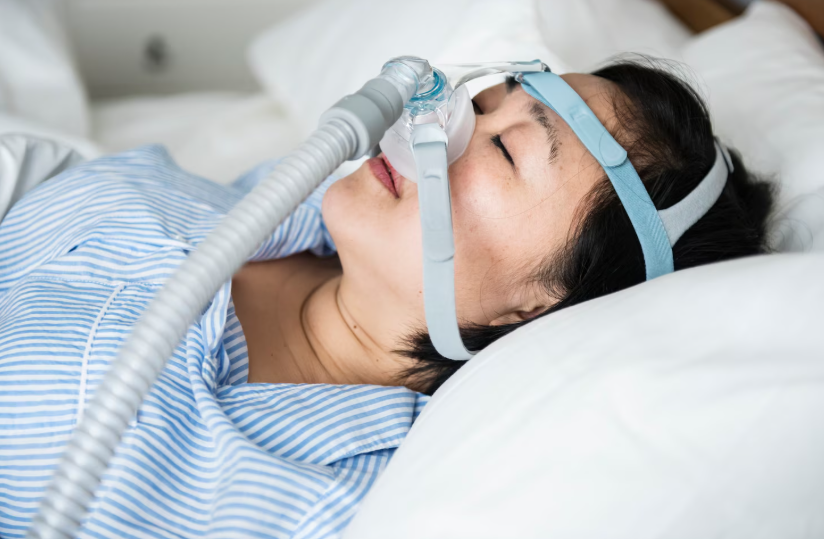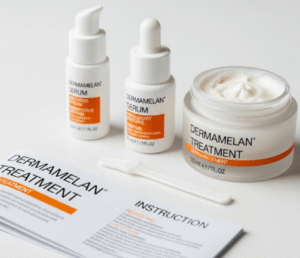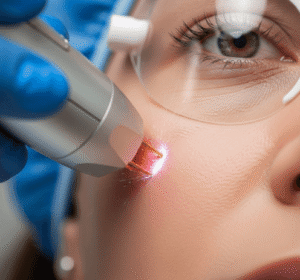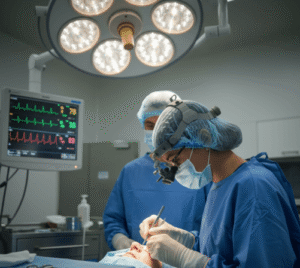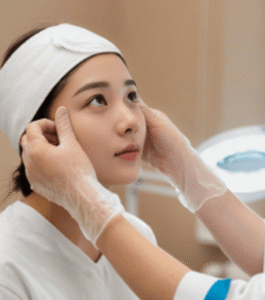Overview
Malignant hyperthermia (MH) is a rare, life-threatening genetic disorder triggered by certain anesthetic agents during surgery, leading to a rapid increase in body temperature and severe muscle contractions. In Korea, awareness and preparedness in operating rooms are essential, with specialized anesthesia teams ready to manage emergencies.
What is Malignant Hyperthermia?
Malignant hyperthermia is a genetically inherited condition that causes abnormal calcium release in skeletal muscles in response to triggers like volatile anesthetics (e.g., halothane) or the muscle relaxant succinylcholine. It can occur in any age group but is most commonly detected during surgery.
Symptoms
- Rapid rise in body temperature
- Muscle rigidity, especially jaw or chest muscles
- Rapid heart rate (tachycardia)
- Rapid breathing (tachypnea)
- Dark or cola-colored urine due to muscle breakdown
- Acidosis (increased blood acidity)
- Sweating and skin mottling
Causes
- Genetic mutation in the RYR1 or CACNA1S genes affecting calcium channels in muscle cells
- Triggered by certain anesthetic agents and succinylcholine
- Rarely, vigorous exercise or heat stress in susceptible individuals
Risk Factors
- Family history of malignant hyperthermia
- Personal history of unusual reaction to anesthesia
- Certain neuromuscular disorders (e.g., central core disease)
- Male gender (slightly higher prevalence)
- Age under 30 years (more common in young adults)
Complications
- Rhabdomyolysis (muscle breakdown)
- Severe hyperkalemia leading to cardiac arrest
- Multi-organ failure if untreated
- Permanent neurological damage from hypoxia
- Death if emergency treatment is delayed
Prevention
- Preoperative screening for family history and previous anesthesia reactions
- Genetic testing for high-risk patients
- Avoidance of triggering anesthetics during surgery
- Availability of emergency treatment protocols in operating rooms
- Preoperative counseling for patients with neuromuscular disorders
Treatment Options in Korea
Diagnosis
- Clinical assessment during surgery with monitoring of body temperature, heart rate, and muscle tone
- Muscle biopsy and caffeine-halothane contracture test (CHCT) in specialized centers for diagnosis
- Genetic testing for RYR1 and CACNA1S mutations
Medical Treatments
- Immediate discontinuation of triggering anesthetics
- Intravenous administration of dantrolene sodium, the life-saving antidote
- Rapid cooling measures including ice packs and cold IV fluids
- Supportive care for metabolic acidosis, electrolyte imbalance, and kidney protection
- Intensive care monitoring until stabilization
Rehabilitation and Support
- Close monitoring after recovery for potential complications
- Genetic counseling for family members
- Education on avoiding triggers for future surgeries
- Follow-up with anesthesiology and neuromuscular specialists

